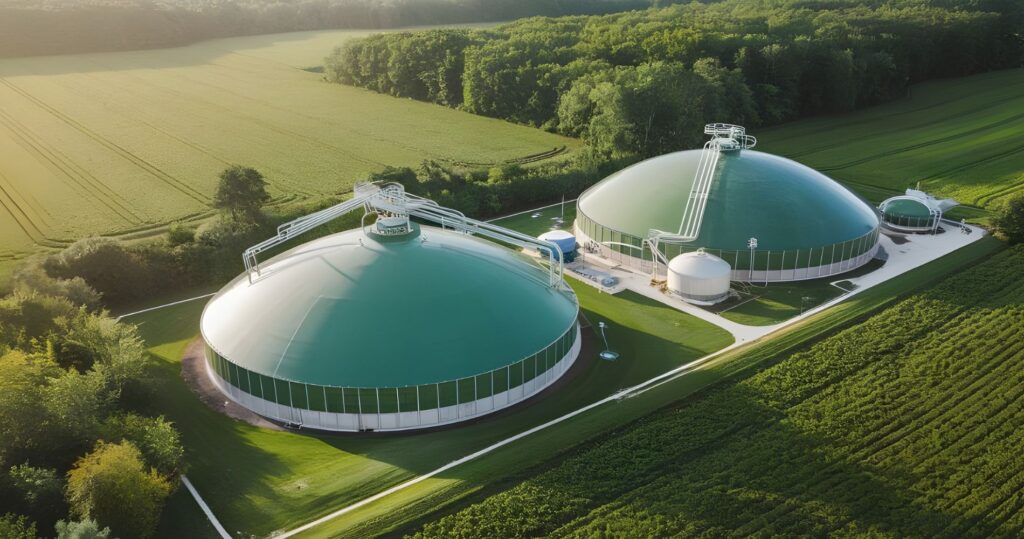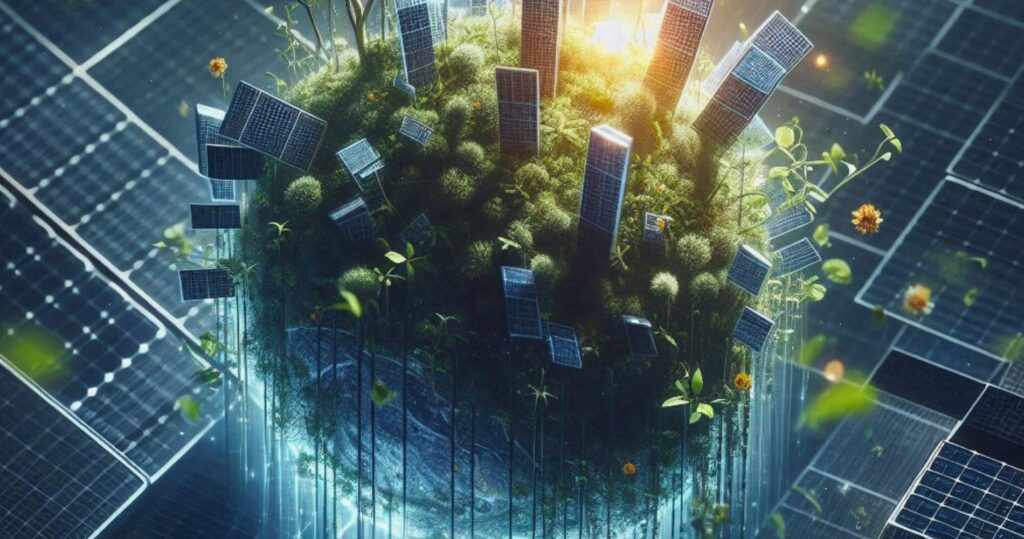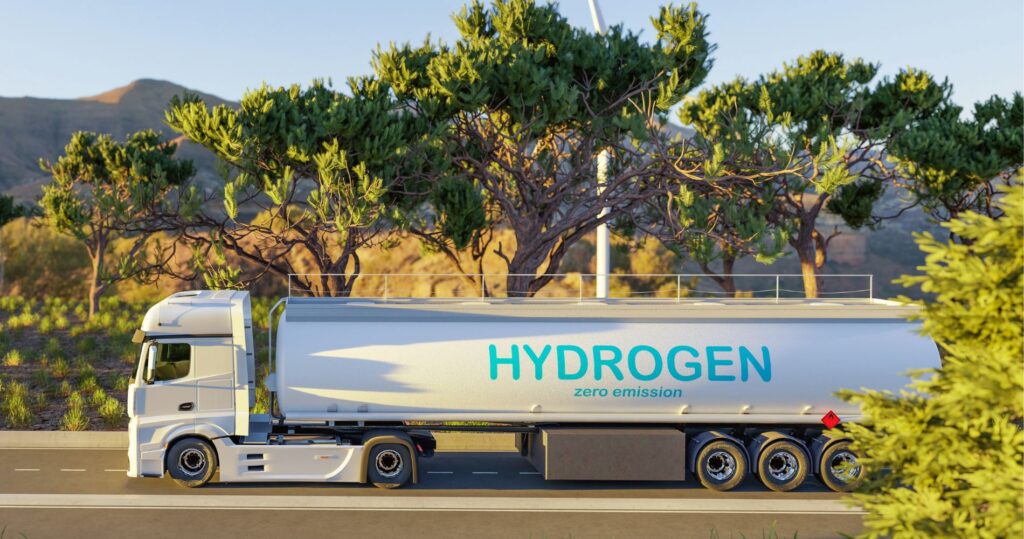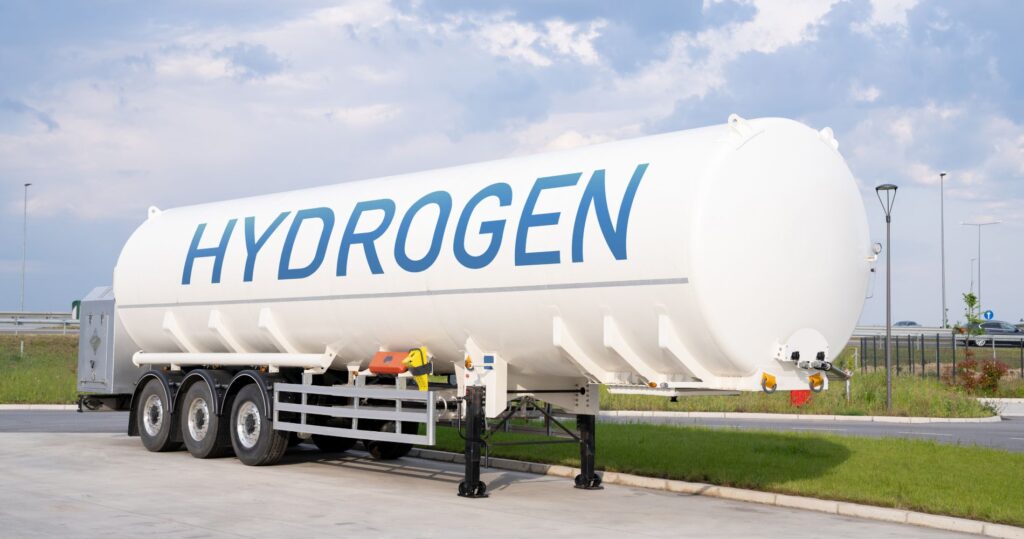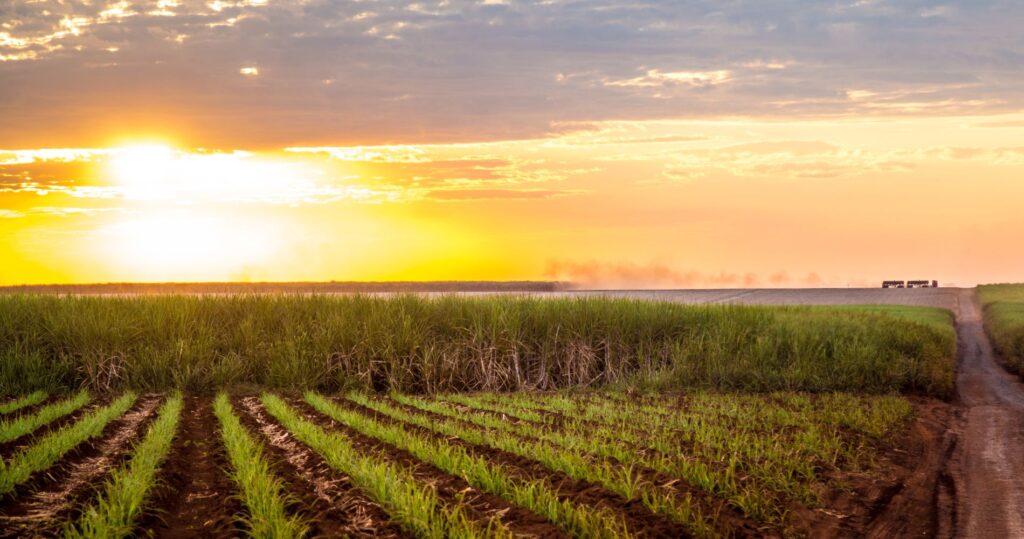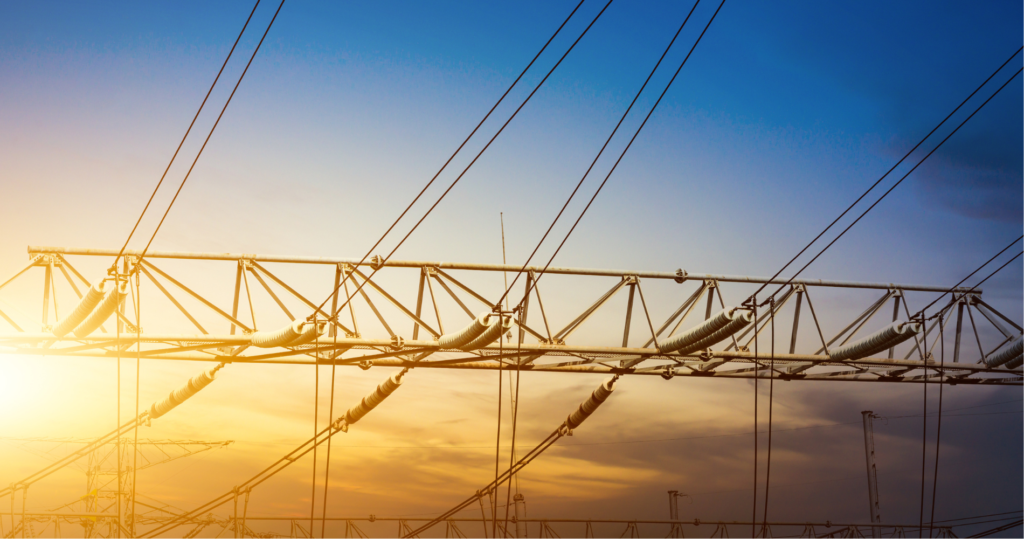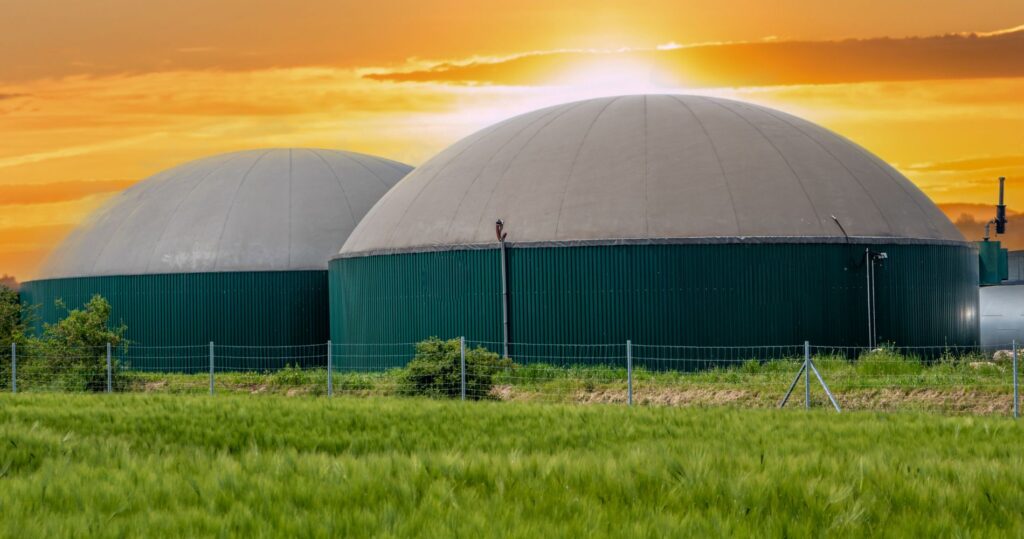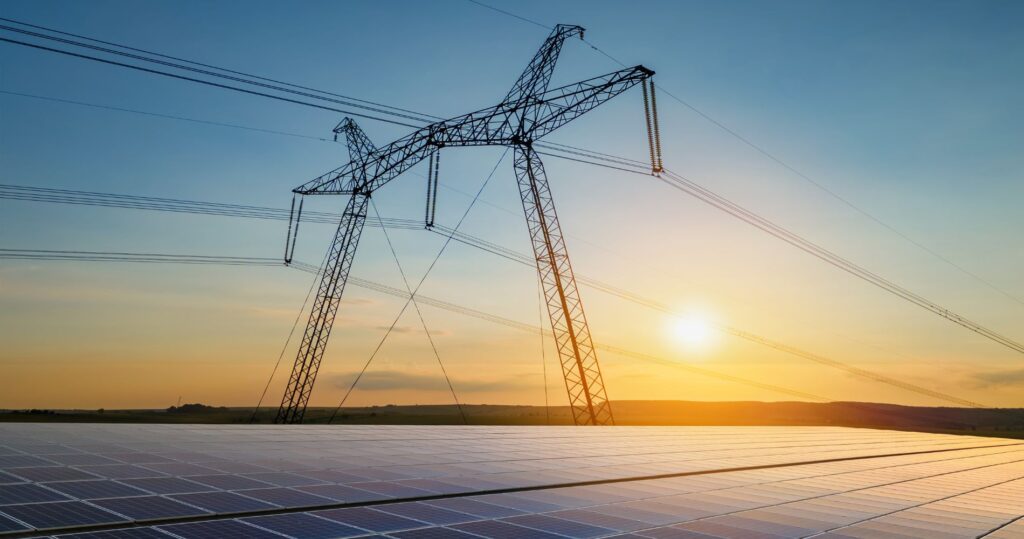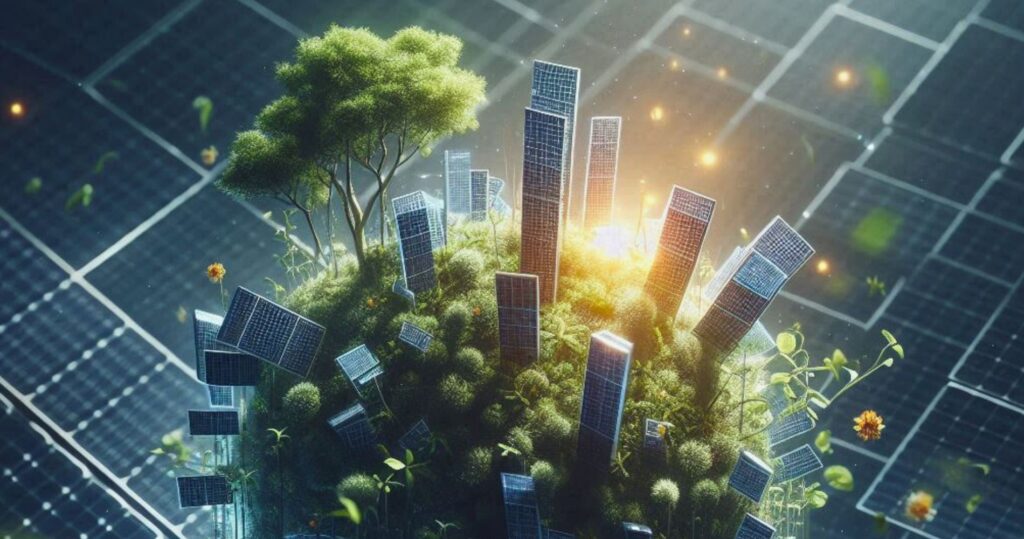As global leaders debate the direction of decarbonization, Brazil emerges as a key player in the energy revolution driven by the circular economy and biomethane. In the wake of COP30, held in Belém, the country intensifies its efforts to align sustainability, social inclusion and technological innovation. The November 2025 landscape establishes biomethane and eco-parks as […]
Brazil is experiencing one of the most decisive moments in its energy history. With an electricity mix already largely renewable—about 88% of generation coming from clean sources, according to data from the Energy Research Company (EPE)—the country now faces a new challenge: financing the sustainable expansion of its infrastructure, diversifying its energy matrix, and ensuring energy security amid the global transition to a low-carbon economy.
With more than 1,700 clean hydrogen projects mapped worldwide and demand projections requiring annual investments exceeding US$1 trillion starting in 2030, according to the International Energy Agency (IEA), the question is no longer whether green hydrogen will become a major commodity, but who will produce and export it.
While the world’s eyes turn to intermittent sources such as solar and wind power, Brazil holds within its fields and industries a sleeping giant, ready to awaken and lead the next phase of the global energy transition: biomass. With COP30 in Belém approaching, the country is in a unique position to showcase not only its potential but also a consolidated model of energy security rooted in one of its greatest strengths: agribusiness.
What was once viewed as a regulatory cost or a concession to the ESG agenda has now emerged as the primary driver of growth, innovation, and capital allocation in the sector. By 2025, the question is no longer whether we should invest in the transition, but where and how fast in order to stay ahead in a rapidly redefining market.
